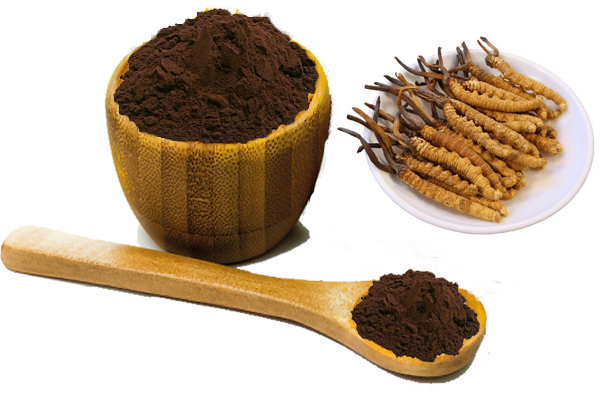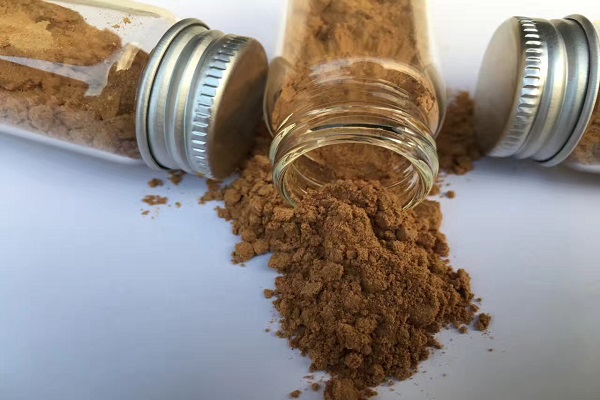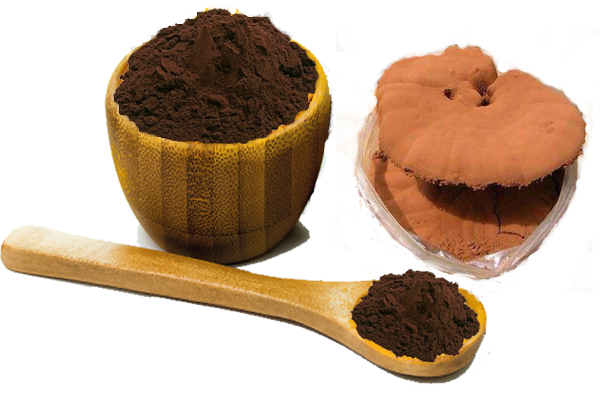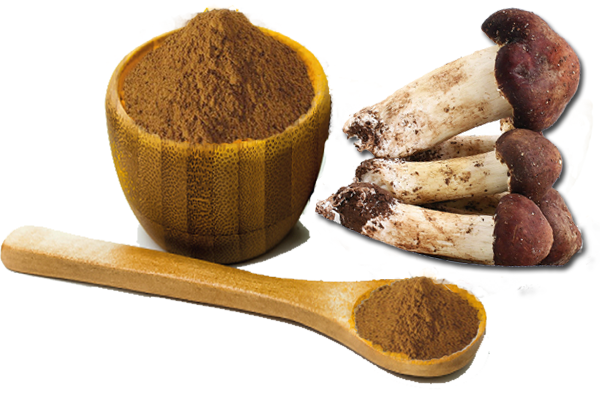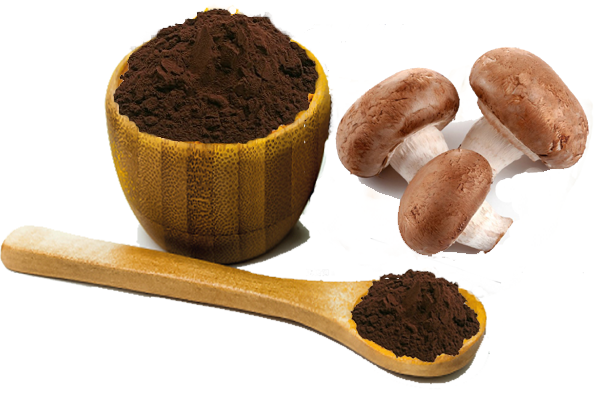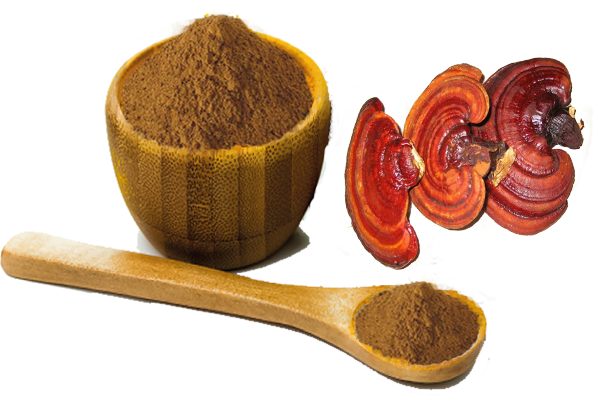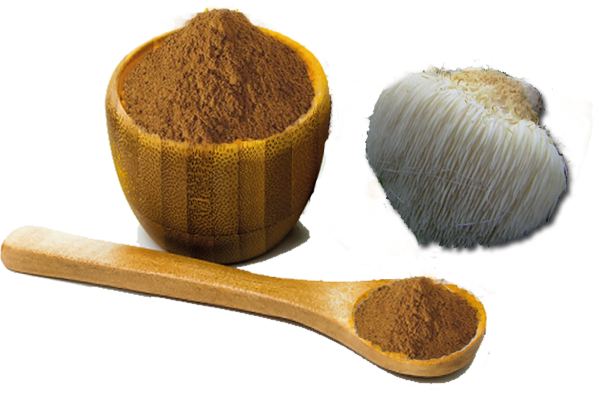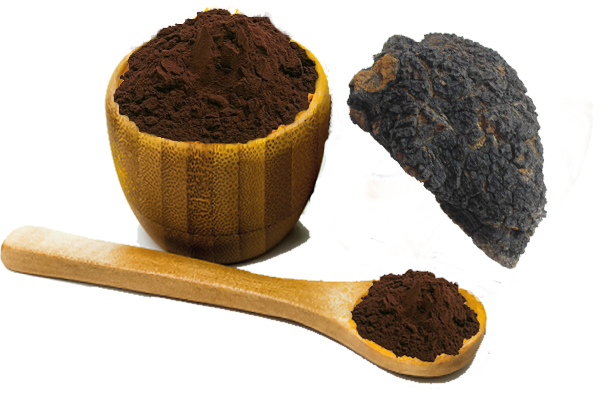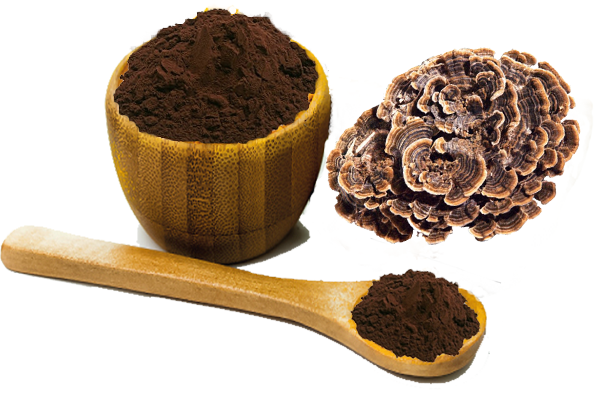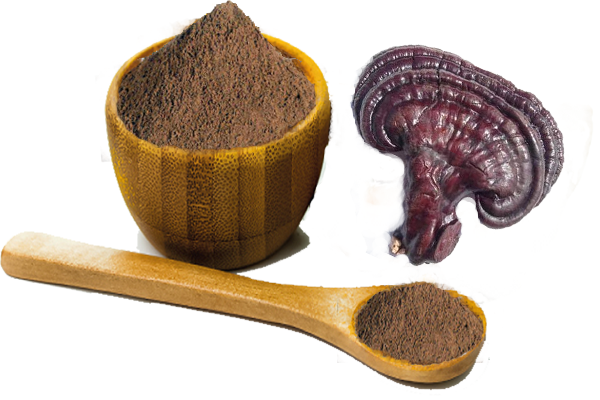
Cordyceps Sinensis Powder
MIGU supplied Cordyceps Sinensis extract polysaccharide 10%,20%,30%,40%,50%; refined powder and OEM service with analysis meets the EP, USP, JP, CP.....
Cordyceps Sinensis powder 10%, 20%, 30%, 40%, 50% polysaccharide by UV, refined powder, cordycepin 0.3 and etc offered by 16 years experienced cGMP manufacturer with warehosues in China–MIGU
Latin Name:Cordyceps sinensis (Berk.) Sacc
Material Original: Qinghai-Tibet Plateau
Extracted Part: Whole Part
Supported Purity: Polysaccharide10%~50%,4:1~30:1, refined powder
Appearance: brown yellow fine powder
Specifications of Cordyceps Sinensis Powder from MIGU
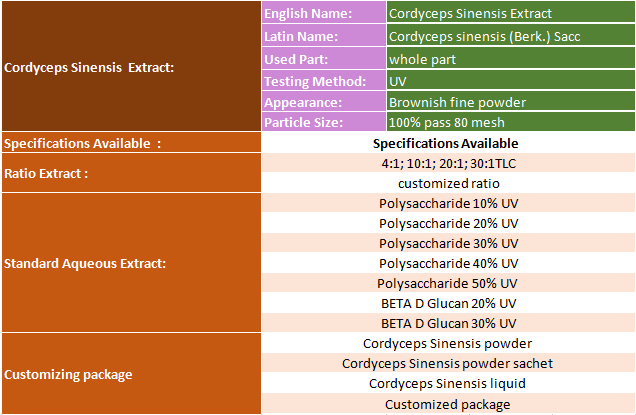
History of Cordyceps Sinensis Original
Cordyceps /ˈkɔrdəsɛps/ is a genus of ascomycete fungi (sac fungi) that includes about 400 species. All Cordyceps
species areendoparasitoids, parasitic mainly on insects and other arthropods ( they are thus entomopathogenic
fungi); a few are parasitic on other fungi. Until recently, the best known species of the genus was Cordyceps
sinensis, first recorded as yartsa gun bu in Nyamnyi Dorje’s 15th century Tibetan text An ocean of Aphrodisiacal
Qualities.and known as yarsha gumba in Nepali and “”summer-grass, winter-worm” in English.In 2007,nuclear DNA
sampling revealed this species to be unrelated to most of the rest of the genus’ members; as a result it was
renamed Ophiocordyceps sinensis and placed in a new family, the Ophiocordycipitaceae.
The genus has a worldwide distribution and most of approximately 400 species have been described from Asia
(notably Nepal, China,Japan, Bhutan, Korea, Vietnam,and Thailand).Cordyceps species are particularly abundant
and diverse in humid temperate and tropical forests.Some Cordyceps species are sources of biochemicals with
interesting of biological and pharmacological properties, like cordycepin; the anamorph of C. subsessilis(Tolypocladium inflatum ) was the source of ciclosporin—an immunosuppressive drug helpful in human organ transplants, as it inhibits rejection.
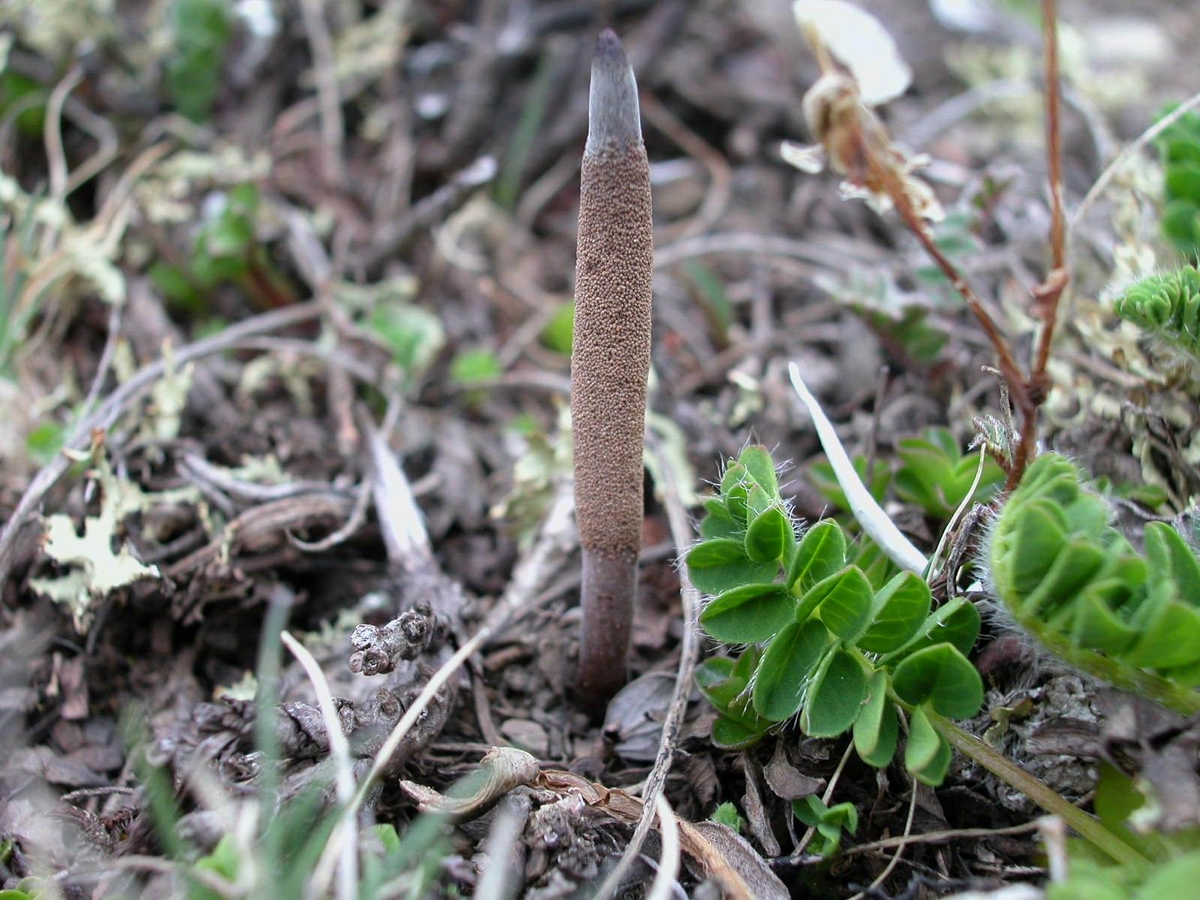
Origin of Cordyceps Sinensis Powder
Cordyceps sinensis belongs to a genus of more than 400 species of Ascomycete(sac fungi)found worldwide.It is
a black,blade-shaped fungus found primarily in the high altitudes of the Tibetan plateau in China that parasitize
moth caterpillars.In the fall,the fungal mycelia infect the caterpillar,which then kills it by early summer of the
following year,releasing spores from the fruiting body(the stroma).The wild form of C.sinensis is rare and
expensive;consequently,a strain isolated from the wild form(Cs-4,or Paecilomyces hepiali Chen)is cultivated
industrially and more commonly used.Issues of substitution with other species and c ontamination have been
described

The Difference Between Real Cordyceps Sinensis Extract &Others
Tibetan history records the first uses of yartsa gunbu in the 15th century.Cordyceps is considered to be derived
from the Latin cord(club),ceps(head),and sinesis(from China).The fruiting body and attached mycelium of
cordyceps have been used in Chinese culture and in traditional Chinese medicine for centuries.Cordyceps is
valued for its activity in restoring energy,promoting longevity,and improving quality of life!

The Contents Ingredients of Cordyceps Sinensis Powder
The nucleosides adenine,adenosine,uracil,uridine,guanidine,guanosine,hypoxanthine,inosine,thymine
thymidine,and deoxyuridine are the major component of cordyceps and can be used as a species marker.Fresh
natural cordyceps contain a lower content of nucleosides than dry,processed,or cultured cordyceps.3 Other
classes of constituents found in wild C.sinensis include the following:proteins,peptides,all essential amino acid
and polyamines;saccharides and sugar derivatives;sterols;fatty acids and other organic acids;vitamins(including
B 1,B 2,B 12,E,and K);and inorganic elements.2,4,6 Cordycepin and other adenosine derivatives,ergosterol
mannitol,cordyheptapeptide A,and several other unique compounds have been identified using thin layer and
gas chromatography,high-performance liquid chromatography,and capillary electrophoresis.Water,ethanol
methanol,and ethyl acetate extract have been described for the whole fungus and mycelium,as well as for
other parts of the fungus.
The Benefits of Cordyceps Sinensis Powder
A.Anti-aging and Longevity
An experimental study on anti-aging action of Cordyceps Sinensis extract Zhongguo Zhong Yao Za Zhi.2004.Aged mice
were induced by D-galactose.Meanwhile,they were treated with three doses of cordyceps sinensis extract which
significantly increased the ability of learning and memory,improve the activity of SOD of red blood cells,brain
and liver,the activity of CAT and GSH-Px of blood,and remarkably decreased the activity of MAO of brain and
the contents of MDA of brain and liver.Cordyceps extract has good anti-aging effects on aged mice,which is
probably due to effects of improving antioxidation and removing free radicals.
B.Anti-inflammatory Properties
Ant-iinflammatory principles from Cordyceps sinensis.J Nat Prod.2011.Department of Chemistry,National Cheng
Kung University,Tainan,Taiwan,Republic of China.In order to explore the anti-inflammatory principles of the
mycelia of Cordyceps sinensis,the crude Cordyceps sinensis extract and partially purified fractions were examined for their
inhibition of superoxide anion generation and elastase release.Further chemical investigation of the bioactive
fractions has resulted in the identification of 50 compounds,including five constituents,cordysinins A-E(1-5)
reported from a natural source for the first time.In addition,compounds were examined for their anti-inflamma
activity.1-(5-Hydroxymethyl-2-furyl)-β-carboline displayed the most significant inhibition of superoxide anion
generation and elastase release.
C.Antioxidant
The extracts of cultured Cordyceps sinensis possess potent antioxidant and anti-lipid peroxidation activities
and inhibit accumulation of cholesterol in macrophages via suppression of LDL oxidation.Antioxidation activity
of different types of natural Cordyceps sinensis and cultured mycelia.Phytomedicine.2001.
D.Cancer Treatment
Activation of innate immunity to reduce lung metastases in breast cancer.Cancer Immunol Immunother 2010;
Jordan JL.Department of Pathology,Atlantic Centre for Transplantation Research,Dalhousie University,Halifax,
Canada Breast cancer continues to be one of the leading causes of cancer death in women.Mortality is primarily
due to the development of metastases.Although therapies exist,they lack efficacy in preventing metastatic
As a result novel agents are being investigated.In particular,treatments that target the immune system being
examined as potential anti-neoplastic agents.Cordyceps sinensis is a fungus that has been used for over 2,000
years in China as a treatment for a variety of conditions including neoplasms.The available evidence suggests
that efficacy of Cs as an anti-neoplastic therapeutic agent is related to a role as an activator of innate immune
responses.
E.Diabetes and Blood Sugar
Cordyceps improves glucose metabolism and increases insulin sensitivity in normal rats.
F.Energy and Use for Fatigue
A 5 week study using a trademarked formula CordyMax Cs-4 had no effect on aerobic capacity or endurance
exercise performance in endurance-trained male cyclists.The dose used was 3 grams a day.
Side effects,Safety and Risk of Cordyceps Sinensis Powder
I have not come across any cordyceps side effects mentioned in the medical literature,but just as with any
herb excess amounts could have potential for unpleasant side effects.It would be a good idea to occasionally
take breaks from the use of cordyceps.
Dosage of Cordyceps Sinensis Powder
Dosing of medicinal mushrooms varies between people and diseases,but the average reported Cordyceps
sinensis dose is between 2 and 5 grams.If using store-bought pills with a concentrated extract,the bottle will
tell you how many to take.
References
- Sung GH, Hywel-Jones NL, Sung JM, Luangsa-Ard JJ, Shrestha B, Spatafora JW. Phylogenetic classification of Cordyceps and
the clavicipitaceous fungi. Stud Mycol . 2007;57:5-59.
2. Zhu JS, Halpern GM, Jones K. The scientific rediscovery of an ancient Chinese herbal medicine: Cordyceps sinensis : part I.
J Altern Complement Med . 1998;4(3):289-303.
3. Li SP, Yang FQ, Tsim KW. Quality control of Cordyceps sinensis ,a valued traditional Chinese medicine.J Pharm Biomed Anal
2006;41(5):1571-1584.
4. Holliday JC, Cleaver MP. Medicinal value of the caterpillar fungi species of the genus Cordyceps (Fr.) Link (Ascomycetes).A
review. Int J Med Mushr . 2008;10(3):219-234.
5. Zhu JS, Halpern GM, Jones K. The scientific rediscovery of a precious ancient Chinese herbal regimen:Cordyceps sinensis :
part II. J Altern Complement Med . 1998;4(4):429-457.
6. Huang LF,Liang YZ,uo FQ,Zhou ZF,Cheng BM.Simultaneous separation and determination of active components in Cordyceps
sinensis and Cordyceps militarris by LC/ESI-MS. J Pharm Biomed Anal . 2003;33(5):1155-1162.
7. Paterson RR.Cordyceps:a traditional Chinese medicine and another fungal therapeutic biofactory?Phytochemistry.2008;69(7)
1469-1495.
8. Ng TB, Wang HX. Pharmacological actions of Cordyceps, a prized folk medicine.J Pharm Pharmacol . 2005;57(12):1509-1519.
9. Wojcikowski K,Johnson DW, Gobé G. Medicinal herbal extracts—renal friend or foe? Part two: herbal extracts with potential
renal benefits. Nephrology (Carlton) . 2004;9(6):400-405.
10. Ji DB, Ye J, Li CL, Wang YH, ZhaoJ,Cai SQ. Antiaging effect of Cordyceps sinensis extract.Phytother Res.2009;23(1):116-122.
11. Wang Y,Wang M, LingY,Fan W,Wang Y,Yin H.Structural determination and antioxidant activity of a polysaccharide from the
fruiting bodies of cultured Cordyceps sinensis . Am J Chin Med . 2009;37(5):977-989.
12. Won KJ, Lee SC, Lee CK, et al.Cordycepin attenuates neointimal formation by inhibiting reactive oxygen species-mediated
responses in vascular smooth muscle cells in rats. J Pharmacol Sci . 2009;109(3):403-412.
13. Nishizawa K,Torii K,Kawasaki A,et al.Antidepressant-like effect of Cordyceps sinensis in the mouse tail suspension test.Biol
Pharm Bull . 2007;30(9):1758-1762.
14. Rao YK, Fang SH, Tzeng YM. Evaluation of the anti-inflammatory and anti-proliferation tumoral cells activities of Antrodia
camphorata , Cordyceps sinensis, and Cinnamomum osmophloeum bark extracts. J Ethnopharmacol . 2007;114(1):78-85.
15. Zhang W, Li J,Qiu S,Chen J, Zheng Y. Effects of the exopolysaccharide fraction (EPSF) from a cultivated Cordyceps sinensis
on immunocytes of H22 tumor bearing mice. Fitoterapia . 2008;79(3):168-173.
16. Chen Y, Guo H,Du Z,LiuXZ,CheY,Ye X.Ecology-based screen identifies new metabolites from a Cordyceps-colonizing fungus
as cancer cell proliferation inhibitors and apoptosis inducers. Cell Prolif . 2009;42(6):838-847.
17. Wu WC, Hsiao JR, Lian YY, Lin CY, Huang BM. The apoptotic effect of cordycepin on human OEC-M1 oral cancer cell line.
Cancer Chemother Pharmacol . 2007;60(1):103-111.
18. Lee SJ, Kim SK,Choi WS,KimWJ, MoonSK. Cordycepin causes p21WAF1-mediated G2/M cell-cycle arrest by regulating c-Jun
N-terminal kinase activation in human bladder cancer cells. Arch Biochem Biophys . 2009;490(2):103-109.
More Scientific research and development of Cordyceps Sinensis Powder please check here

